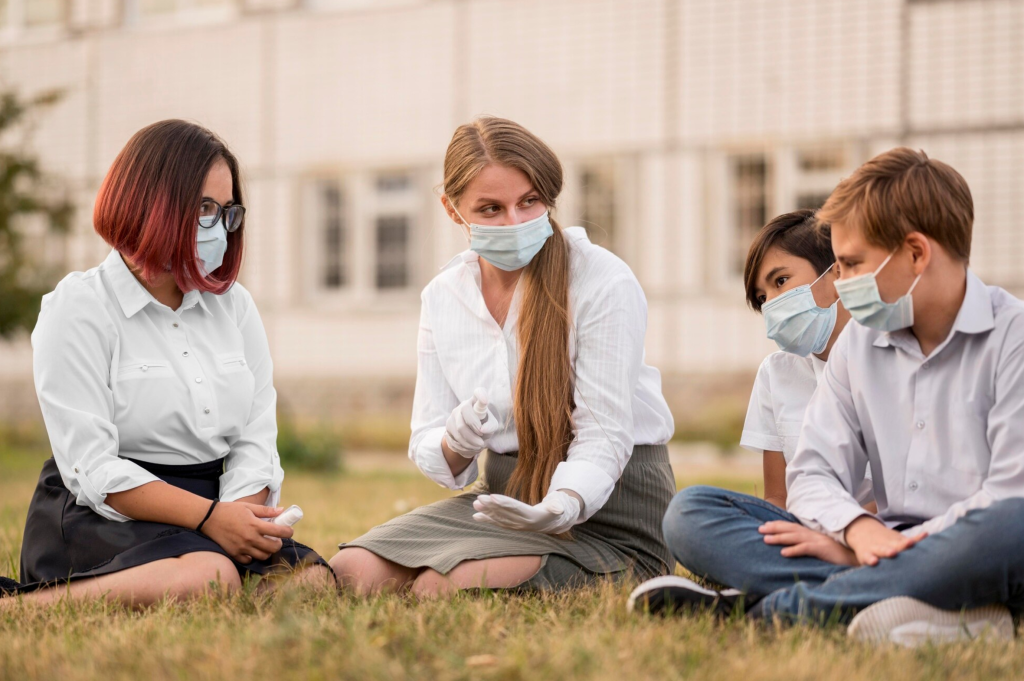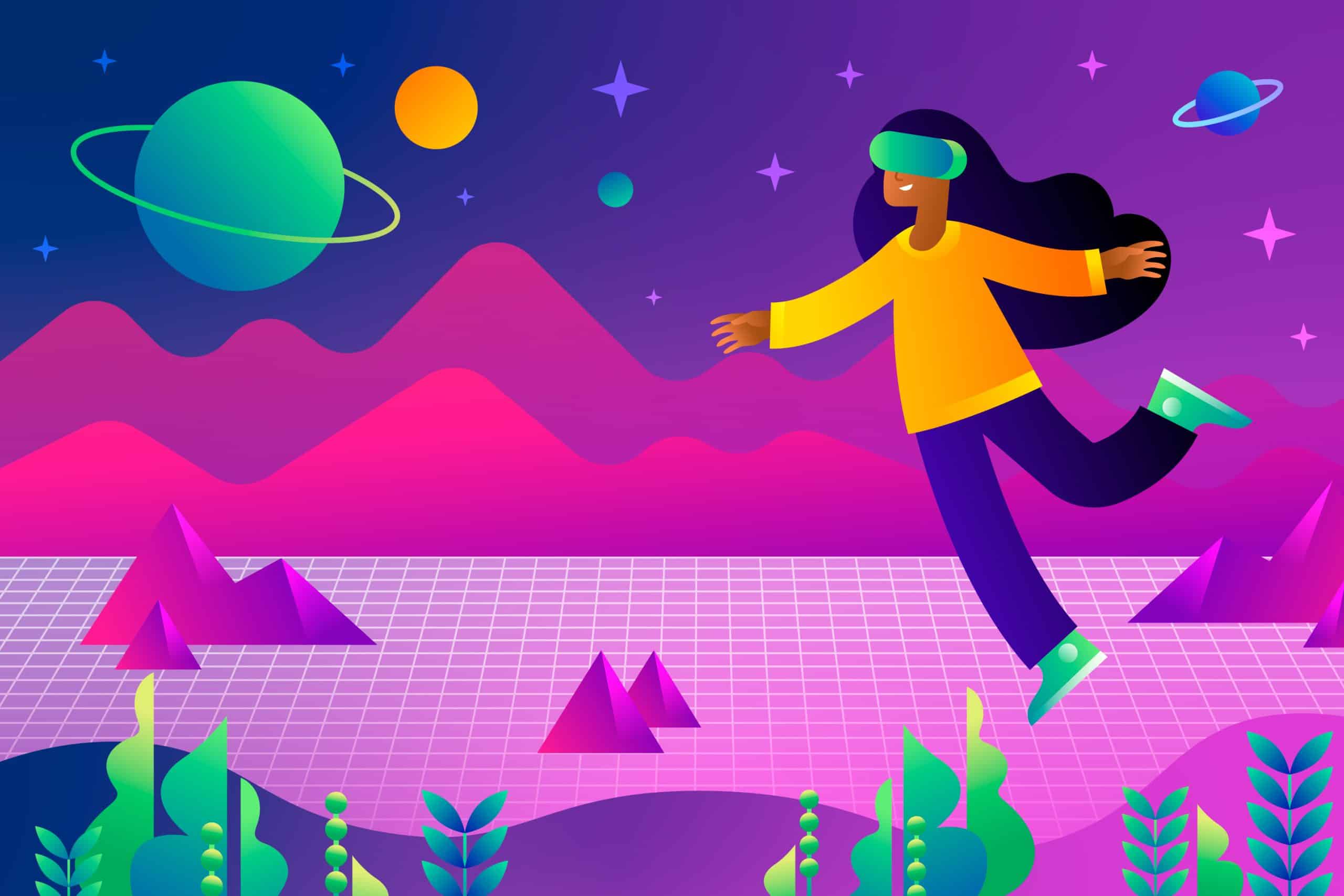🎓 Introduction: Learning Beyond the Classroom
When schools shut down during the COVID-19 pandemic, learning didn’t stop—it simply shifted. Parents became teachers, kitchens turned into classrooms, and online videos, podcasts, and DIY projects became everyday lessons. This was a global crash course in informal education—and it changed the way we view learning forever.
Rather than relying solely on traditional instruction, people began to realize that learning happens everywhere—in conversations, experiences, and self-directed discovery. Today, we’re reflecting on those lessons to shape a more flexible, inclusive, and empowering educational future.

📚 Defining Informal Education
Before diving into the impact of the pandemic, it’s important to clarify what we mean by “informal education.”
Informal education refers to the learning that takes place outside of formal institutions, like schools and universities. It includes:
- Reading books and articles on personal interests
- Watching educational YouTube channels or documentaries
- Participating in community groups, clubs, or online forums
- Engaging in hands-on experiences like gardening, coding, or building
Unlike formal education, informal learning is self-directed, interest-driven, and often social. It can be spontaneous or structured, personal or collaborative. And during the pandemic, it became a lifeline.
🏠 The Rise of At-Home Learning Environments
During lockdowns, many families discovered just how powerful informal learning could be. Whether it was a parent teaching fractions through baking or a teen learning music production on a laptop, learning was no longer confined to a classroom.
This shift highlighted some important truths:
- Children learn best when engaged in meaningful tasks
- Curiosity can drive deeper learning than textbooks alone
- Everyday experiences—like cooking or budgeting—teach life skills
In fact, a report by the Brookings Institution noted that the pandemic broadened public appreciation for diverse learning modalities, especially those rooted in family, culture, and community life.
🌐 The Digital Explosion of Informal Learning
Another major factor in this transformation was the explosion of online content designed for learners of all ages. From masterclasses to educational TikToks, platforms flourished as millions searched for knowledge outside of school.
Here are just a few examples:
- YouTube EDU channels provided lessons in everything from algebra to astrophysics
- Khan Academy experienced record usage for its free courses
- Podcasts like Brains On! and Stuff You Should Know became learning tools for families
- Virtual museums and tours expanded global access to cultural education
Even now, platforms like Coursera and Skillshare continue to bridge the gap between interest and education, making knowledge more accessible and personalized than ever before.
💡 Key Lessons We Learned
The pandemic didn’t just show us what was possible—it revealed what was missing. Here’s what informal education taught us:
1. Learning Is Lifelong
Students weren’t the only ones learning. Adults also turned to informal education—whether for job upskilling, stress relief, or personal growth. Lifelong learning became a norm, not a luxury.
2. Flexibility Matters
Rigid schedules and standardized testing often left students behind. Informal learning showed the benefits of flexible pacing, multiple formats, and learner choice.
3. Equity Is a Challenge and a Goal
While some families thrived with informal learning, others struggled due to lack of resources. This exposed educational inequities that need to be addressed for informal learning to truly serve all.
4. Parents and Caregivers Are Key Educators
During remote learning, parents played a central role in education. Many discovered they were already teaching every day—just by talking, guiding, and modeling behavior.
🛠 How Informal Education Can Shape the Future
So, where do we go from here? As traditional schooling resumes, there’s growing interest in blending formal and informal education. This hybrid model might include:
- Project-based learning that connects school to real life
- Expanded community learning spaces, like libraries and makerspaces
- Family engagement programs that empower caregivers as co-educators
- Microlearning modules delivered through apps or audio content
According to UNESCO, the future of education must recognize the full spectrum of learning, including informal and non-formal methods, to foster creativity, resilience, and social-emotional development.
🙌 Embracing a More Inclusive View of Education
Ultimately, one of the pandemic’s silver linings was its reminder that everyone is a learner—and everyone can be a teacher. When we recognize and value informal education, we create a more inclusive, dynamic, and empowering model of learning.
By encouraging curiosity, supporting multiple learning styles, and making space for exploration, we can reshape education into something more human, more adaptable, and more joyful.
📚 References
- Brookings Institution. (2021). COVID-19 and the Education Response
- UNESCO. (2020). Education in a Post-COVID World
- Harvard Graduate School of Education. (2021). Informal Learning in a Pandemic






